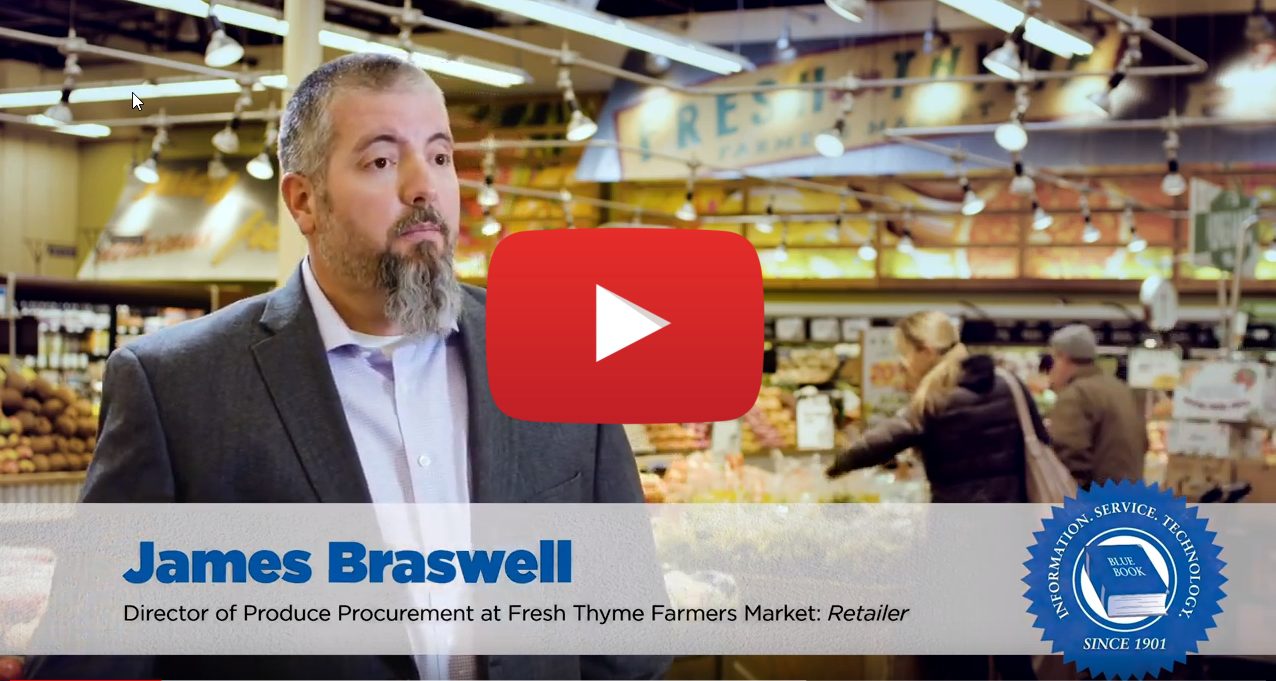The biggest breakfast trend in recent years has been the breakfast sandwich. It is even beating out that traditional American staple, cold cereal, supposedly because with the latter, millennials can’t be bothered to wash the bowl and spoon.

Such, at any rate, is the opinion of Emily Heil, writing in The Washington Post.
Breakfast sandwiches were the fastest-growing items at fast-food restaurants, she notes, beating out chicken nuggets and burgers, and the quick-and-easy hand-held meals are even burgeoning at convenience stores. “Americans bought more than $2.4 billion of them in the year ending in September, up from almost $1.5 billion in 2019,” writes Heil.
Then there are the frozen versions, such as Jimmy’s Dean’s sausage biscuits.
Although the breakfast sandwich was apparently invented in London as a side-effect of industrialization (allowing workers to grab quick and nutritious meals on the way to the job), it made its American debut in 1971, with McDonald’s Egg McMuffin.
The Egg McMuffin took off. By 1987, 25 percent of all breakfasts consumed outside the home were at McDonald’s. In 2015, the company accounted for 5 percent of all egg sales in the United States.
Personally, I love breakfast sandwiches. I occasionally stop at a McDonald’s for a sausage biscuit with egg and cheese, something I would never do for their hamburgers. (There are much better options at hand, such as Culver’s in my vicinity.)
If you free-associate to think of breakfast sandwich ingredients, you will come up with eggs, cheese, sausage, bacon, Canadian bacon, English muffins, biscuits . . . none of which are produce items.
Which leads to the point of this article. For the produce industry, fast food is not necessarily an enemy, but it is an unsolved challenge.
It’s not hard to imagine a breakfast sandwich with avocado—in fact, it sounds like a great idea, although to my knowledge, no one has pioneered it on any noticeable scale. Fresh tomatoes are another obvious choice. Lettuce? Perhaps. Some high-end places are adding microgreens (whatever those are). My creativity is coming to a halt here, but then I am not a chef.
Produce items could fit into fast-food breakfast sandwiches without too much trouble—and the chain could tout them on their healthiness. But fresh produce and frozen items do not mix. I do not see Jimmy Dean’s putting avocados on their frozen sausage biscuits, nor would I want to.
Like it or not, fast food has become the national cuisine. I am firmly convinced that the proportion of fast-food ads on TV is roughly equal to the proportion of cigarette ads in the 1960s, before they were banned. As a result, smoking is less of a health problem than ever, but then there’s obesity . . .
The produce industry makes much—with reason—of raising Americans’ daily consumption of fresh fruits and vegetables.
Of course this is a worthy goal, not only for the industry, but for the national well-being. But I doubt much will occur along these lines until someone figures out a way to make fresh fruits and vegetables integral to fast food rather than the sideline that they currently are.
My gut feeling: ditch the salad and fruit cup concepts and start with the sandwich. You want something that you can eat with one hand—say when you’re driving.



